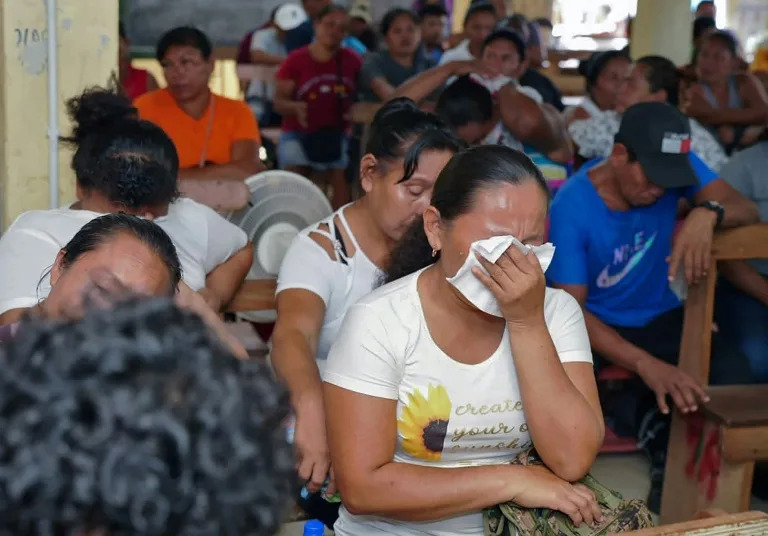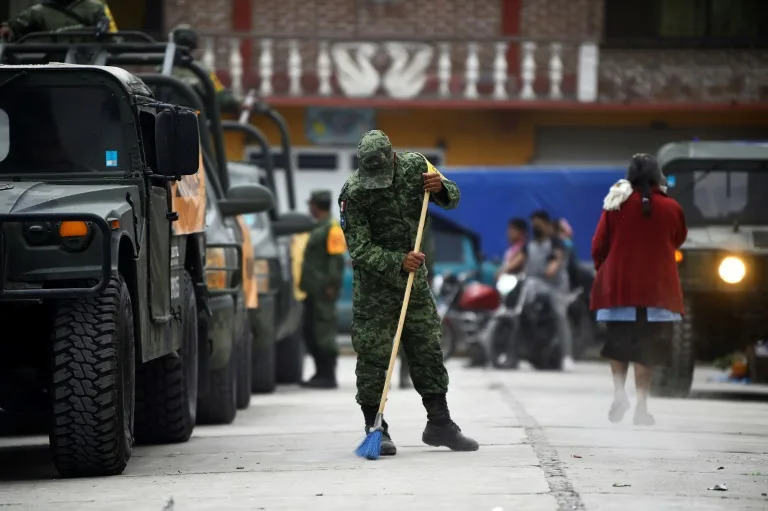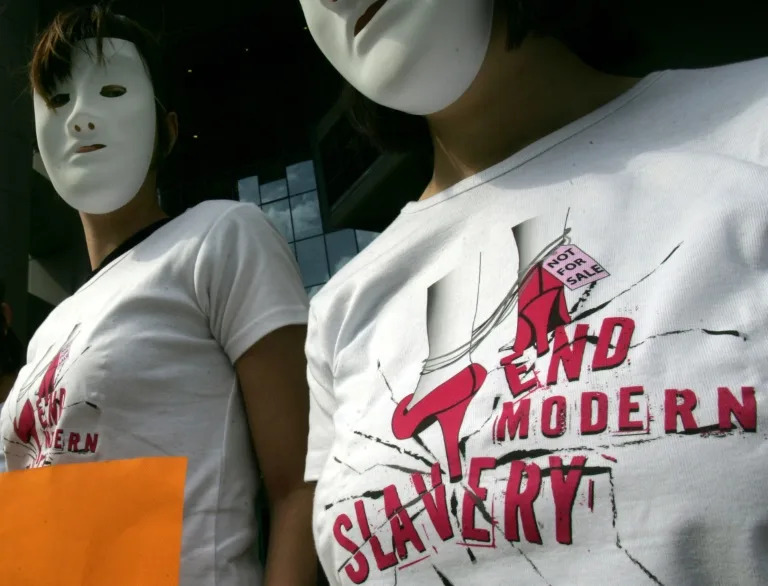Israel passes budget with controversial cash for ultra-Orthodox
SO CALLED DEMOCRACY FUNDS FASCISM
AFPWed, 24 May 2023

Thousands of Israelis march through Jerusalem to protest against controversial cash handouts to ultra-Orthodox Jews in the annual budget
Israeli lawmakers passed an annual budget Wednesday with controversial allocations for ultra-Orthodox Jews, in a concession to a religious party in the governing coalition that drew protests from the opposition.
Thousands of Israelis marched through Jerusalem on Tuesday to protest the government's plans to hand more cash to the ultra-Orthodox minority, accusing the coalition of "looting" state funds.
Earlier this week, Prime Minister Benjamin Netanyahu announced the state would grant married ultra-Orthodox Jewish men engaged in religious study rather than work a total of 250 million shekels ($67.5 million).
The grant was part of an agreement with United Torah Judaism, one of the ultra-Orthodox parties in the coalition, to ensure its support for the budget.
The 2023-2024 budget was ultimately passed early Wednesday with the support of all 64 coalition lawmakers in the 120-seat parliament.
"We won the elections, we passed the budget, we'll continue for four more years," Netanyahu wrote on Facebook.
The premier spent recent weeks cutting deals with his ultra-Orthodox and extreme-right coalition partners, to meet a May 29 deadline to pass the budget or face fresh elections.
The cash handouts to the ultra-Orthodox have sparked anger as Israelis of all backgrounds contend with soaring prices and increased interest rates. Opposition chief Yair Lapid described the budget as "destructive".
Asher Blass, a professor of economics at Ashkelon Academic College, said Israel needed more "growth engines" rather than "transfer payments" to ultra-Orthodox institutions that effectively discourage higher education.
Speaking ahead of the parliamentary vote, he told AFP "the trajectory is not good" but Israel has seen worse budget deficits.
In February, the Bank of Israel estimated the deficit would be close to one percent of gross domestic product in 2023 and 2024.
dms/rsc/kir



































